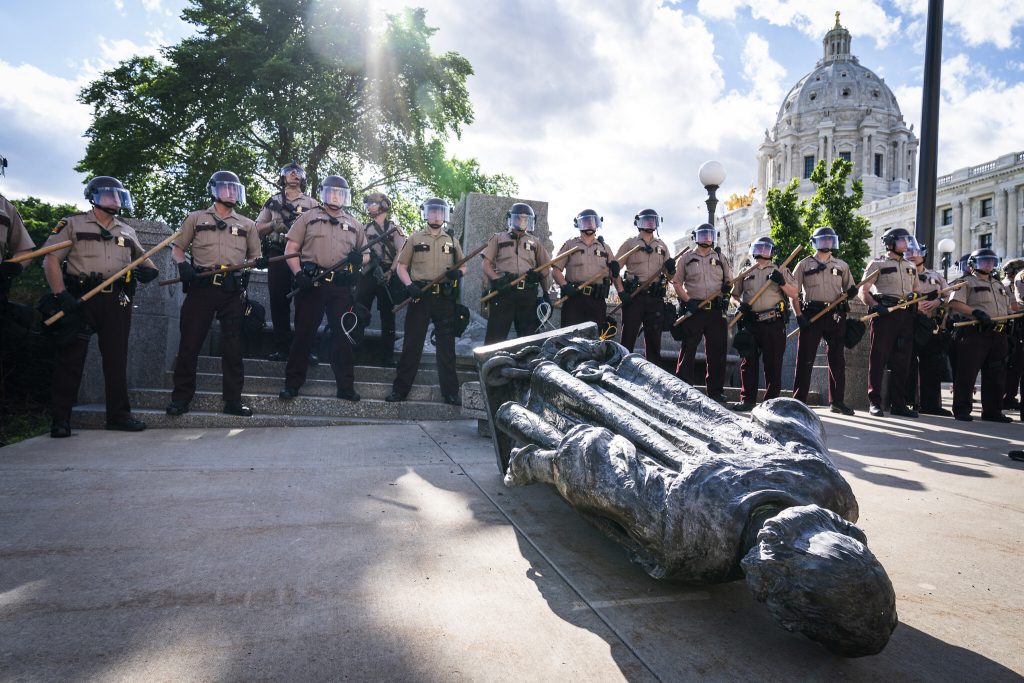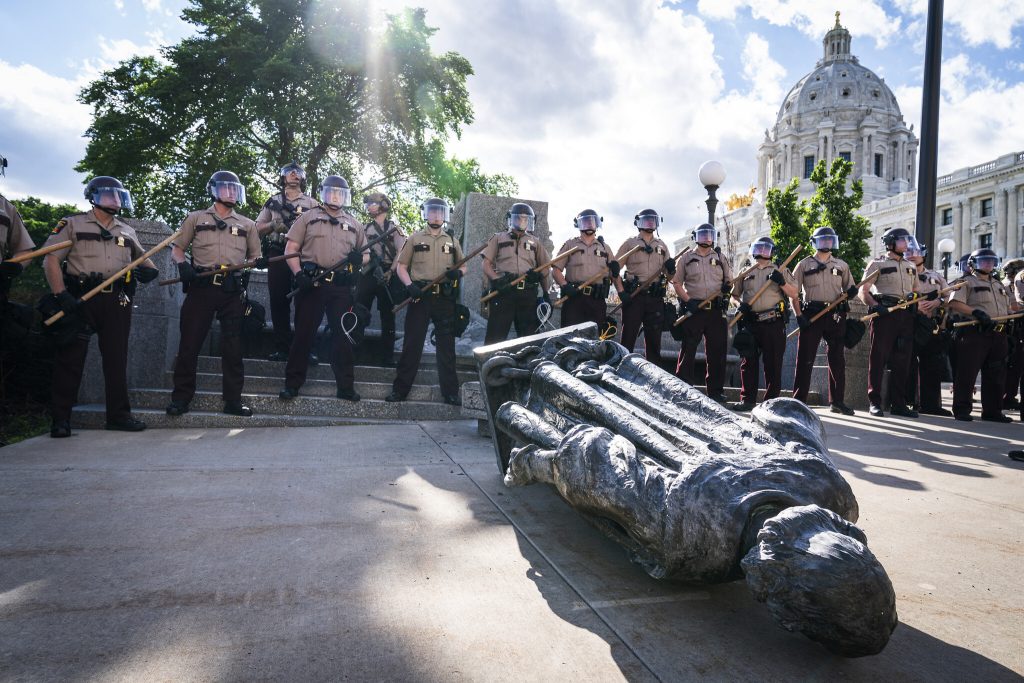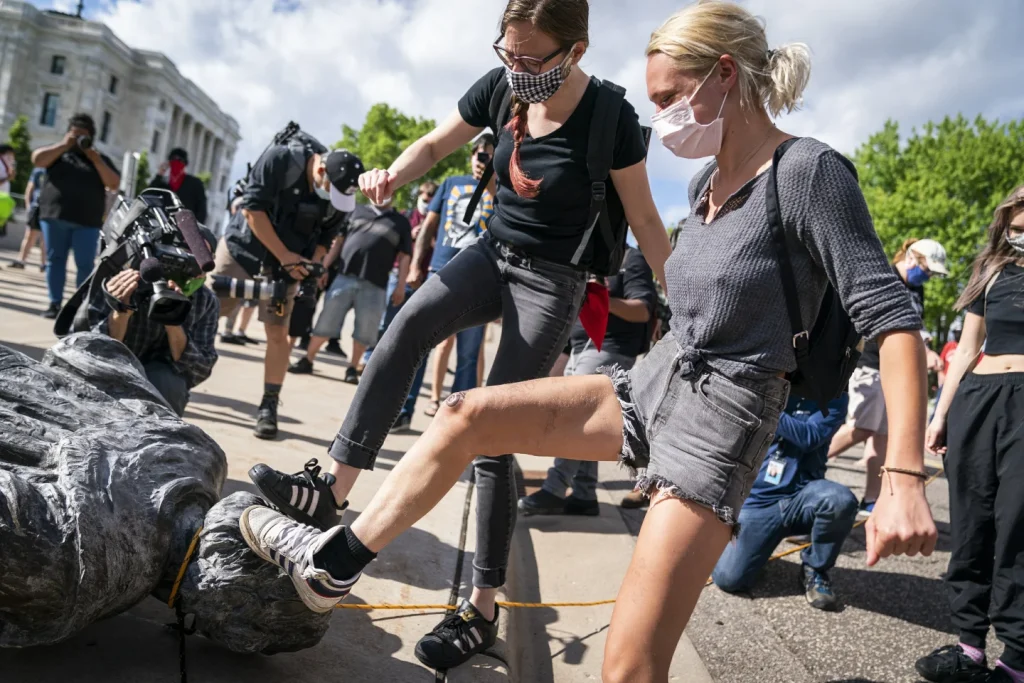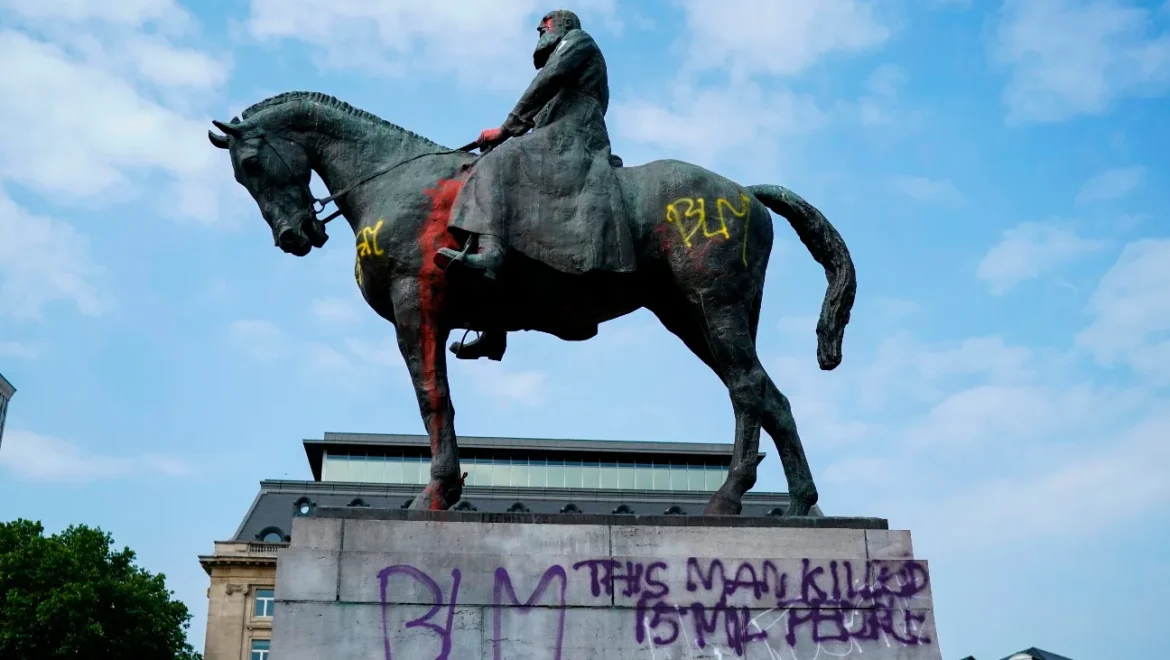History is a narrative shaped by the interpretations and perspectives of its time. As societies evolve, so too does the understanding of historical figures and their legacies. Reexaminations of these figures can lead to a more nuanced view of their contributions and the impacts they have had on modern society. This article explores how contemporary perspectives are reshaping the legacies of notable historical figures, shedding light on their multifaceted roles and influence.

The Evolution of Historical Interpretations
- Historical Context:
- Changing Perspectives: Historical figures are often evaluated through the lens of contemporary values and norms. What was once seen as a positive contribution might be reassessed as problematic or vice versa, based on current societal standards.
- Examples: Figures like Christopher Columbus, who was once celebrated as a pioneering explorer, are now scrutinized for his role in the colonization and exploitation of indigenous peoples.
- Historiographical Approaches:
- Revisionist History: This approach revisits historical narratives with new evidence or perspectives, challenging traditional views. Revisionist historians may uncover overlooked or suppressed aspects of historical figures’ lives.
- Impact: Revisionist history can lead to a more balanced understanding of figures, acknowledging both their achievements and their shortcomings.
Notable Figures and Their Reevaluations
- Thomas Jefferson (1743–1826):
- Legacy: As a Founding Father of the United States and author of the Declaration of Independence, Thomas Jefferson is celebrated for his contributions to American democracy and principles of liberty.
- Reevaluation: Contemporary examinations have highlighted Jefferson’s role as a slave owner, leading to debates about the contradictions between his public ideals and private actions. This reevaluation encourages discussions about the complexity of historical legacies and the need to address uncomfortable truths.
- Winston Churchill (1874–1965):
- Legacy: Winston Churchill is renowned for his leadership during World War II and his role in rallying the British public against Nazi Germany.
- Reevaluation: Recent assessments have brought to light Churchill’s controversial views on colonialism and his role in policies that adversely affected various communities. These reevaluations prompt a reassessment of his legacy, recognizing both his wartime leadership and his imperialist policies.
- Margaret Thatcher (1925–2013):
- Legacy: Margaret Thatcher, the first female Prime Minister of the United Kingdom, is known for her conservative policies and economic reforms, often referred to as “Thatcherism.”
- Reevaluation: Thatcher’s policies, particularly her approach to privatization and deregulation, are reevaluated in light of their long-term social and economic impacts. Critics argue that her policies contributed to income inequality and social division, prompting a more nuanced view of her legacy.
- Mahatma Gandhi (1869–1948):
- Legacy: Mahatma Gandhi is celebrated for his role in the Indian independence movement and his advocacy of nonviolent resistance.
- Reevaluation: Recent scholarship has explored Gandhi’s views on race and his treatment of marginalized communities within India. This reevaluation seeks to reconcile Gandhi’s profound influence on civil rights and his problematic attitudes towards certain groups.

The Impact of Reevaluations on Modern Society
- Educational Curriculum:
- Incorporating Multiple Perspectives: Reevaluations of historical figures influence educational curricula, encouraging a more comprehensive view of history that includes diverse perspectives and critical analyses.
- Critical Thinking: By examining historical figures through various lenses, students are encouraged to think critically about historical narratives and their implications.
- Public Monuments and Commemoration:
- Debates and Controversies: The reevaluation of historical figures has led to debates about the appropriateness of public monuments and commemorations. For example, statues of figures with problematic legacies are often the subject of public protests and calls for removal.
- Revised Commemoration: Some communities have responded by recontextualizing or relocating monuments, or by creating new monuments that reflect a more inclusive view of history.
- Cultural Reflection:
- Media and Literature: The reevaluation of historical figures is reflected in media and literature, where modern portrayals may offer more nuanced or critical perspectives. This cultural reflection helps shape public understanding and engagement with history.
- Artistic Interpretation: Films, books, and other artistic works often revisit historical figures with contemporary insights, influencing how their stories are perceived by new generations.
- Social Justice and Reconciliation:
- Addressing Historical Injustices: Reevaluating historical figures can be part of broader efforts to address historical injustices and promote social reconciliation. Acknowledging the full range of a figure’s actions and impacts contributes to a more just and equitable society.
- Dialogue and Healing: Open discussions about the legacies of historical figures can foster dialogue and healing, allowing societies to confront difficult aspects of their history and work towards a more inclusive future.

Conclusion
Reevaluations of historical figures play a crucial role in shaping our understanding of the past and its impact on the present. By examining the complexities of these figures’ lives and legacies, modern society gains a more nuanced perspective on their contributions and shortcomings. This process not only enriches historical scholarship but also informs contemporary discussions about justice, memory, and identity. As we continue to reexamine historical figures, we must strive for a balanced view that acknowledges both their achievements and their flaws, fostering a more comprehensive understanding of history and its relevance to our lives today.


